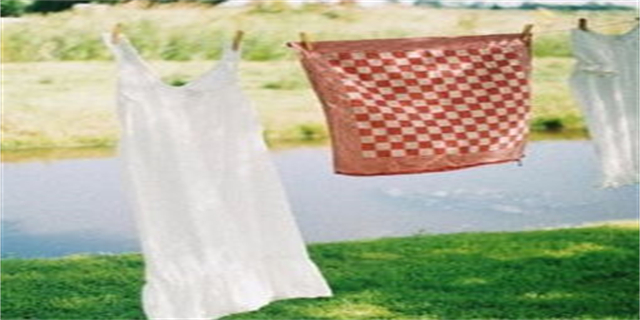piccolo(Piccolo The Powerful and Versatile Musical Instrument)

Piccolo: The Powerful and Versatile Musical Instrument
The History of Piccolo
The piccolo, a member of the woodwind family, is a small but mighty instrument that produces a brilliant and piercing sound. It is known for its high pitch and ability to cut through the orchestral sound. The word \"piccolo\" is Italian for \"small,\" which accurately describes the instrument's size compared to its larger relative, the flute.The origins of the piccolo can be traced back to the Middle Ages, where it was known as the \"fife.\" Originally a popular instrument among military bands, the piccolo gradually gained recognition in the classical music realm during the 18th century. Italian composer Antonio Vivaldi was one of the first to feature the piccolo in his compositions, and it quickly became a staple in many orchestras around the world.
The Design and Construction of Piccolo
The piccolo is often made of wood, most commonly grenadilla, or metal such as silver or nickel. Its cylindrical body, measuring around 32 centimeters, is significantly shorter than the flute. One of the most noticeable features of the piccolo is its curved headjoint, which helps to bring the instrument closer to the player's mouth and enables better intonation. Additionally, the piccolo is equipped with a system of keys and tone holes, allowing the player to produce a wide range of pitches.The mechanism of the piccolo is similar to that of the flute, making it relatively easy for flutists to transition to playing the piccolo. However, due to its smaller size and narrower finger spacing, it requires a higher level of precision and control to produce a clear and resonant sound. The piccolo is usually played with the same fingerings as the flute, making it a versatile instrument for flutists to add to their repertoire.
The Role of Piccolo in Music
The piccolo plays a significant role in various genres of music, including orchestral, band, and chamber music. In the orchestral setting, the piccolo often takes on a solo and melodic role, adding brilliance and sparkle to the overall sound. Its unique timbre and ability to soar above the orchestra make it an invaluable asset in creating dramatic and powerful moments in a piece of music. Notable orchestral compositions featuring prominent piccolo parts include Ottorino Respighi's \"Pines of Rome\" and Igor Stravinsky's \"The Rite of Spring.\"Outside the symphonic realm, the piccolo is a key member of military and marching bands. Its high pitch cuts through the noise of a large ensemble, providing clarity and precision. In popular music, the piccolo is also utilized in genres such as jazz and rock to add a distinctive flavor to the overall sound. Famous jazz flutist Hubert Laws and rock musician Ian Anderson of Jethro Tull are notable figures who have showcased the versatility of the piccolo.
In conclusion, the piccolo is a powerful and versatile instrument that has made its mark in the world of music. Its rich history, unique design, and prominent role in various genres have solidified its status as an integral part of the woodwind family. Whether used to add brilliance to a symphony or provide a melodic solo in a popular tune, the piccolo continues to captivate listeners with its piercing sound and expressive capabilities.












